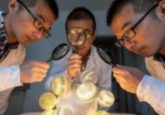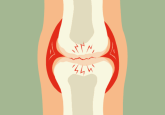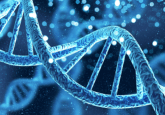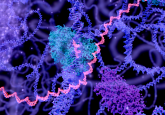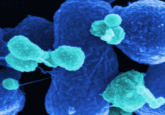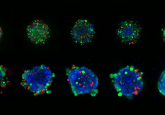How is machine learning advancing cancer research?
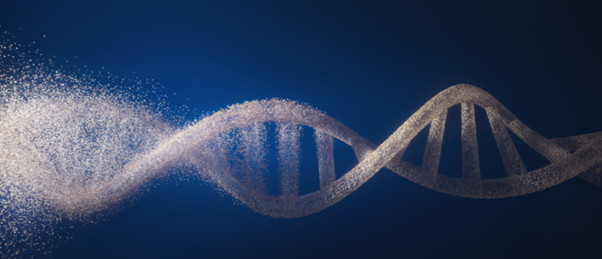
Machine learning has helped identify novel proteins involved in DNA repair, opening new avenues for cancer research.
Every day, each of the trillions of cells in the human body receives over 10,000 DNA lesions, which if unrepaired can lead to mutations and diseases, such as cancer. Luckily, we have complex machinery that detects and repairs DNA lesions; however, there is a lack of tools to study this machinery. Now, researchers from the Spanish National Cancer Research Center (CNIO; Madrid, Spain) and Massachusetts General Hospital (MGH; MA, USA) have used machine learning and high-throughput microscopy to visualize DNA repair machinery and identify new repair proteins, which could aid the development of novel cancer therapies.
The team of researchers, led by Alejo Efeyan (CNIO) and Raul Mostoslavsky (MGH), used high-throughput microscopy to acquire thousands of images of cells after genetic damage, and analyzed these images using machine learning. “Until now, one limiting factor in tracking DNA repair kinetics was the inability to process and analyze the amount of data generated from images taken by the microscope,” commented first author Bárbara Martínez (CNIO).
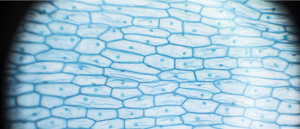 Streamlining image analysis for mitotic cells with AI
Streamlining image analysis for mitotic cells with AI
An easy-to-use and easy-to-train deep-learning model has been developed to recognize mitotic cells in several plant species.
As machine learning allowed them to analyze vast amounts of data, they were able to introduce over 300 different proteins to the cells and determine whether they interfered with DNA repair. This technique identified nine novel proteins involved in DNA repair.
The researchers decided to go one step further and used this technique to visually monitor the 300 proteins after inducing genetic damage with a UV laser, resulting in a large collection of images depicting DNA repair at a level of detail never seen before. They saw many of the proteins either adhered to the damaged DNA or moved away from it to allow the recruitment of repair proteins and noted that both phenomena are important.
These technologies offer new opportunities to study DNA repair, which will create fresh avenues for cancer research. “By knowing how DNA lesions occur and how they are repaired, we will learn more about how cancer develops and how we can fight it. Any new discovery in DNA repair will help develop better cancer therapies, whilst protecting our healthy cells,” concluded Martinez.
